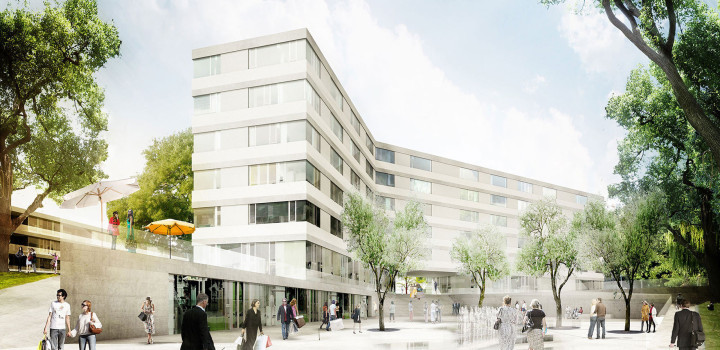The desire for unspoiled nature can be addressed in a garden in a very small space. Particularly at a time when the destruction of the environment is progressing, gardens are becoming more and more important as a projection surface for longings.
Needs that can no longer be satisfied in urban space are projected onto nature. Plants, with whose help it is possible to create natural living spaces in an artificial way, are central to this yearning. Gardens have the potential to address these needs in a condensed form. In contrast to built space, plants supplements urban living spaces with their own autonomous natural qualities, which develop a direct effect in gardens. Our firm works with this contrast and develops valuable spaces for experience for people based on intentionally “green” garden concepts.
















































